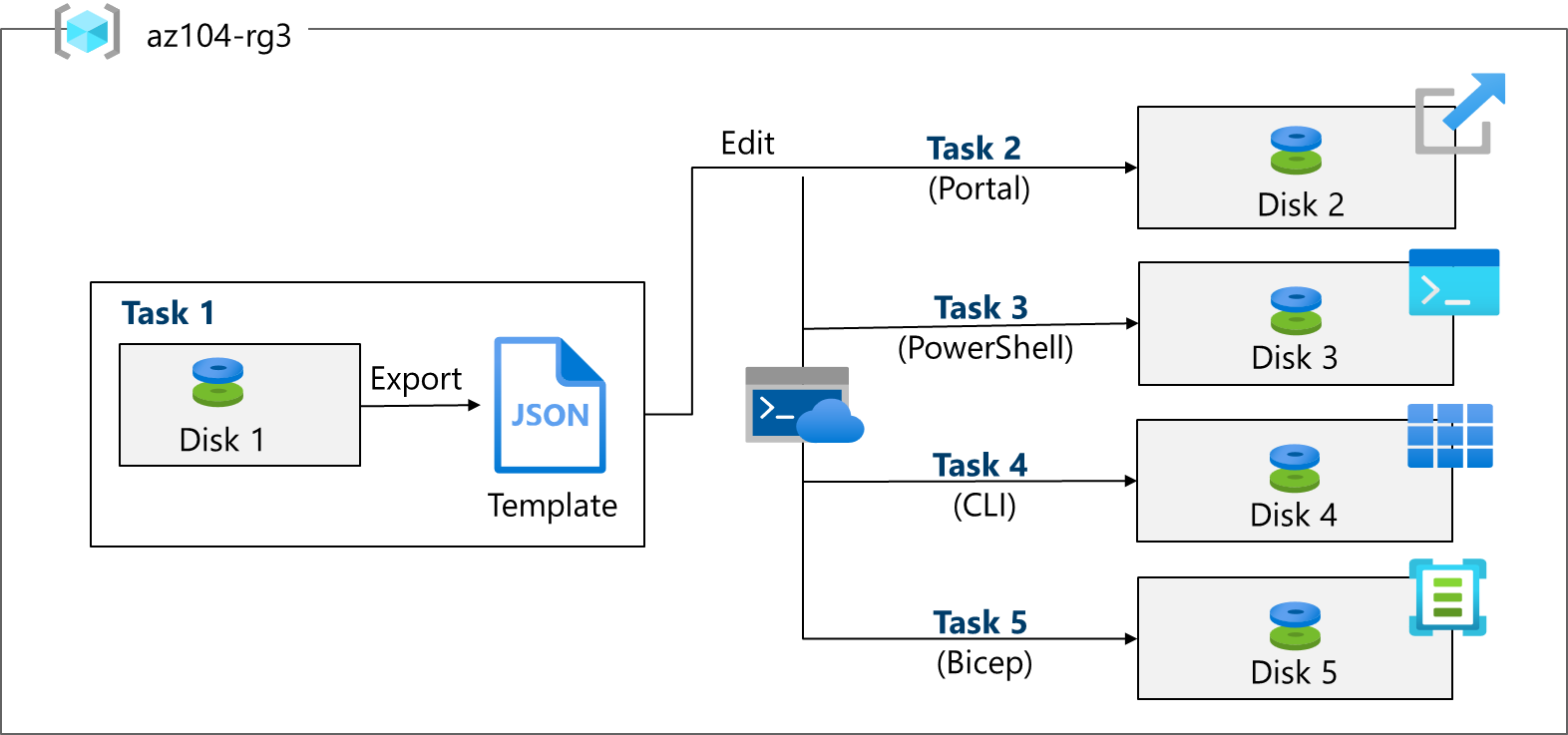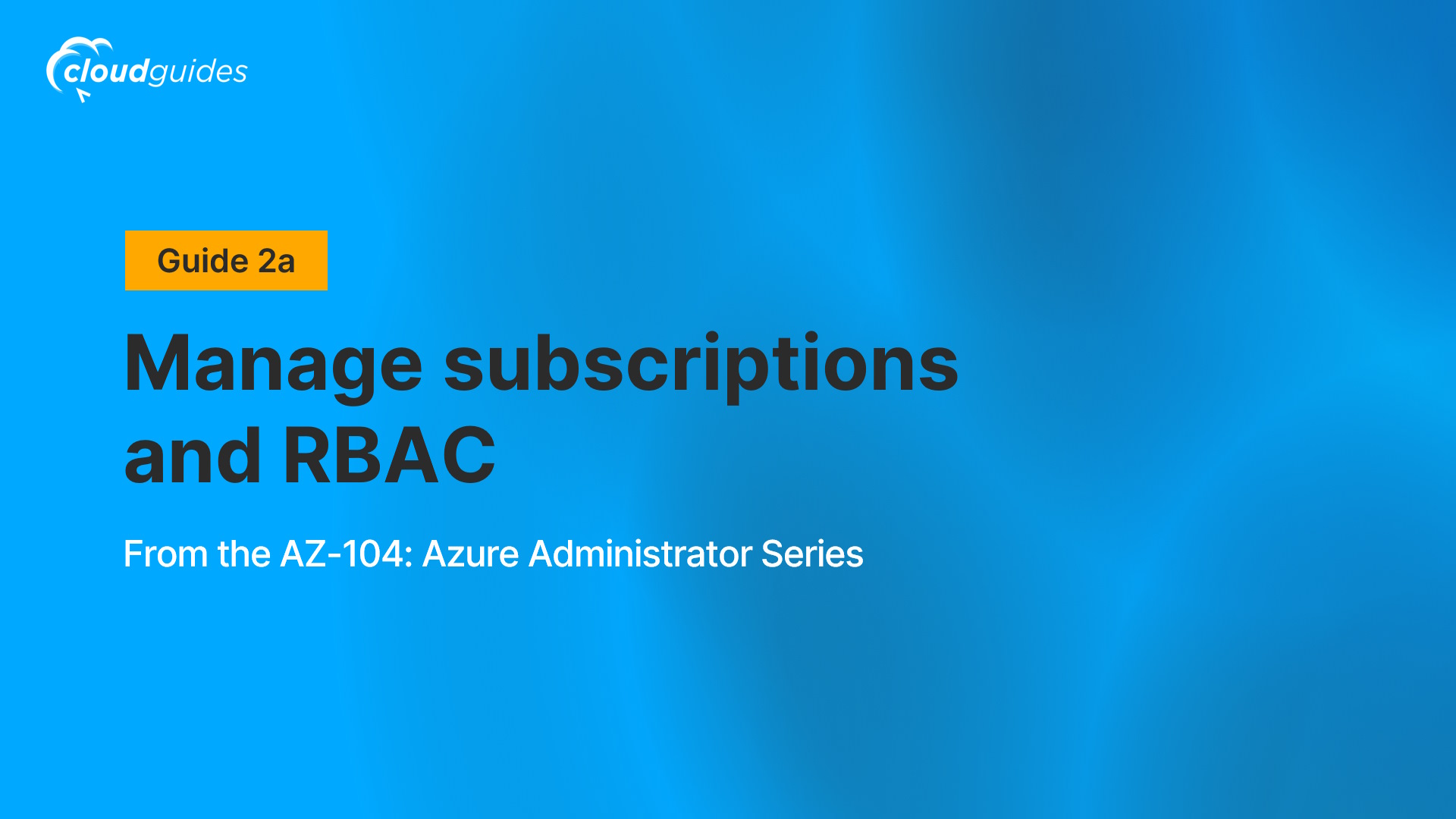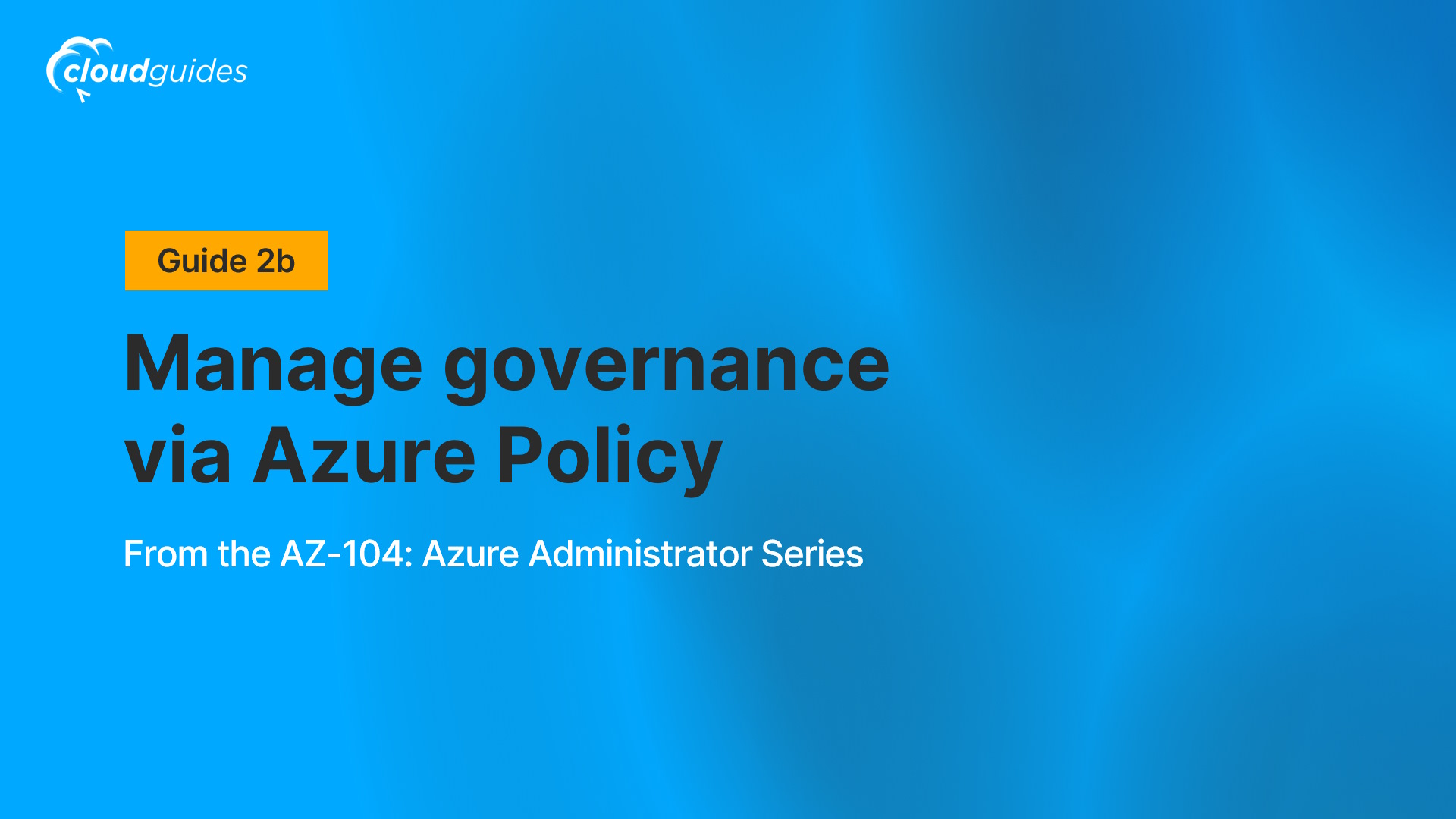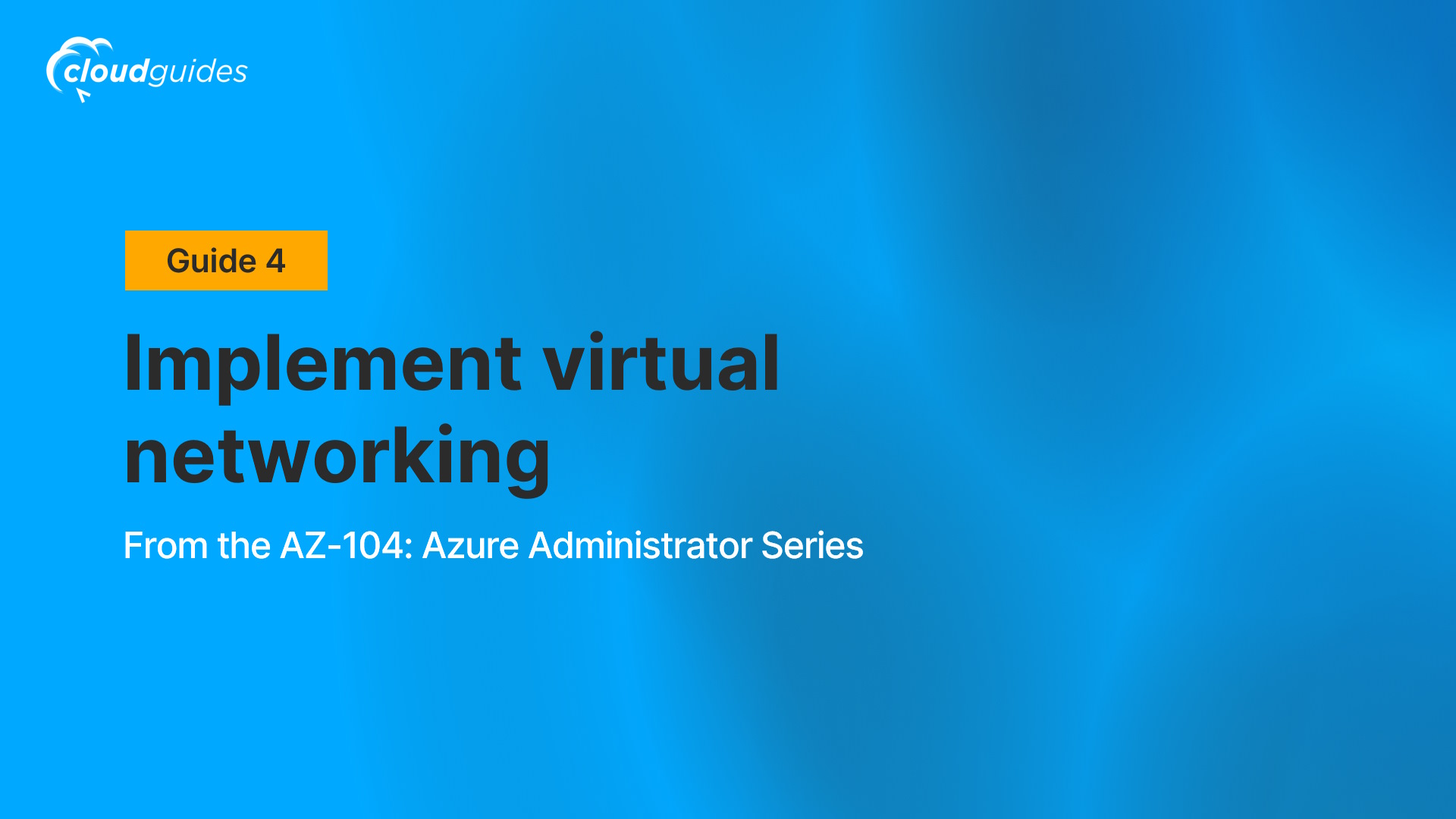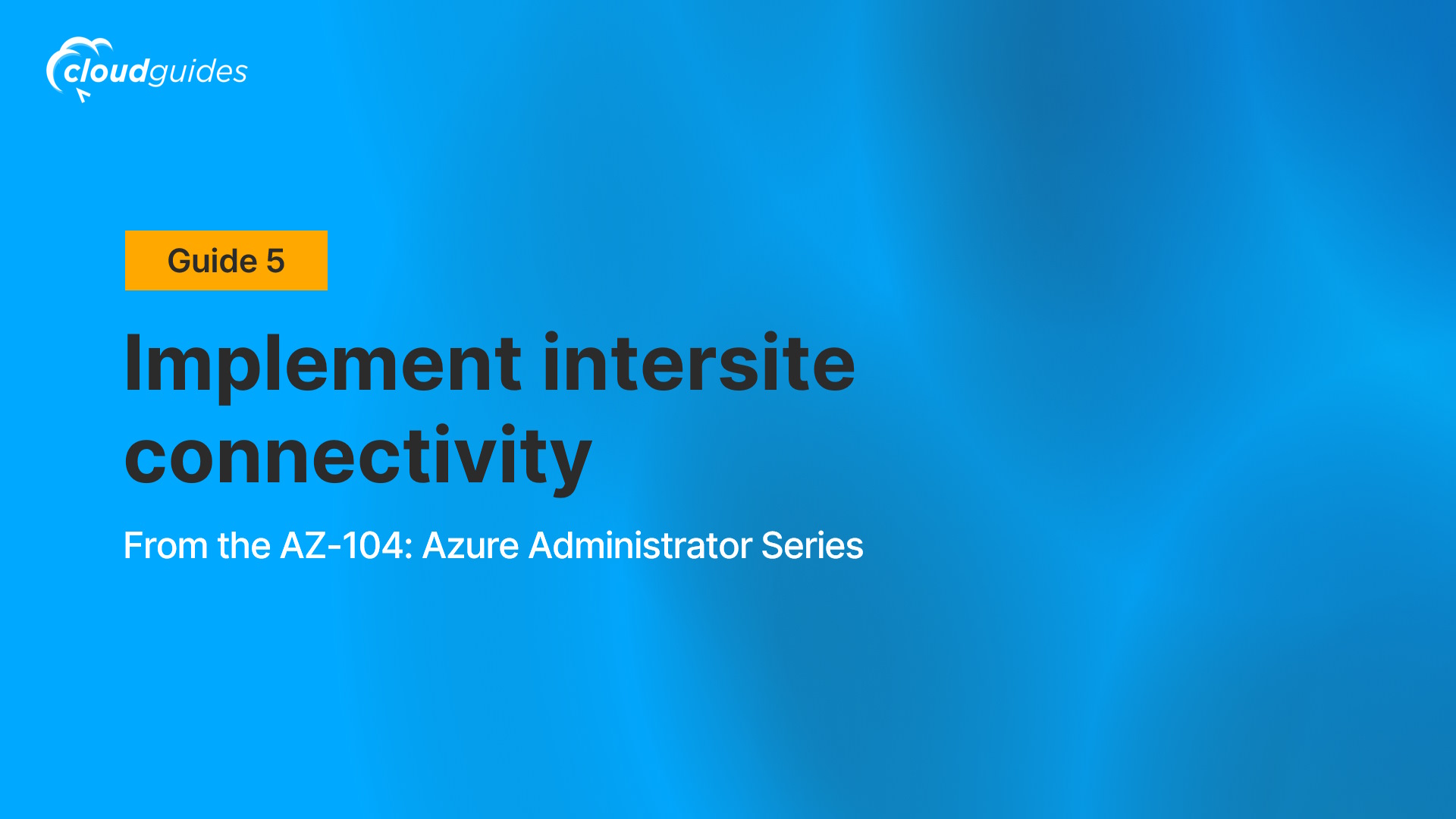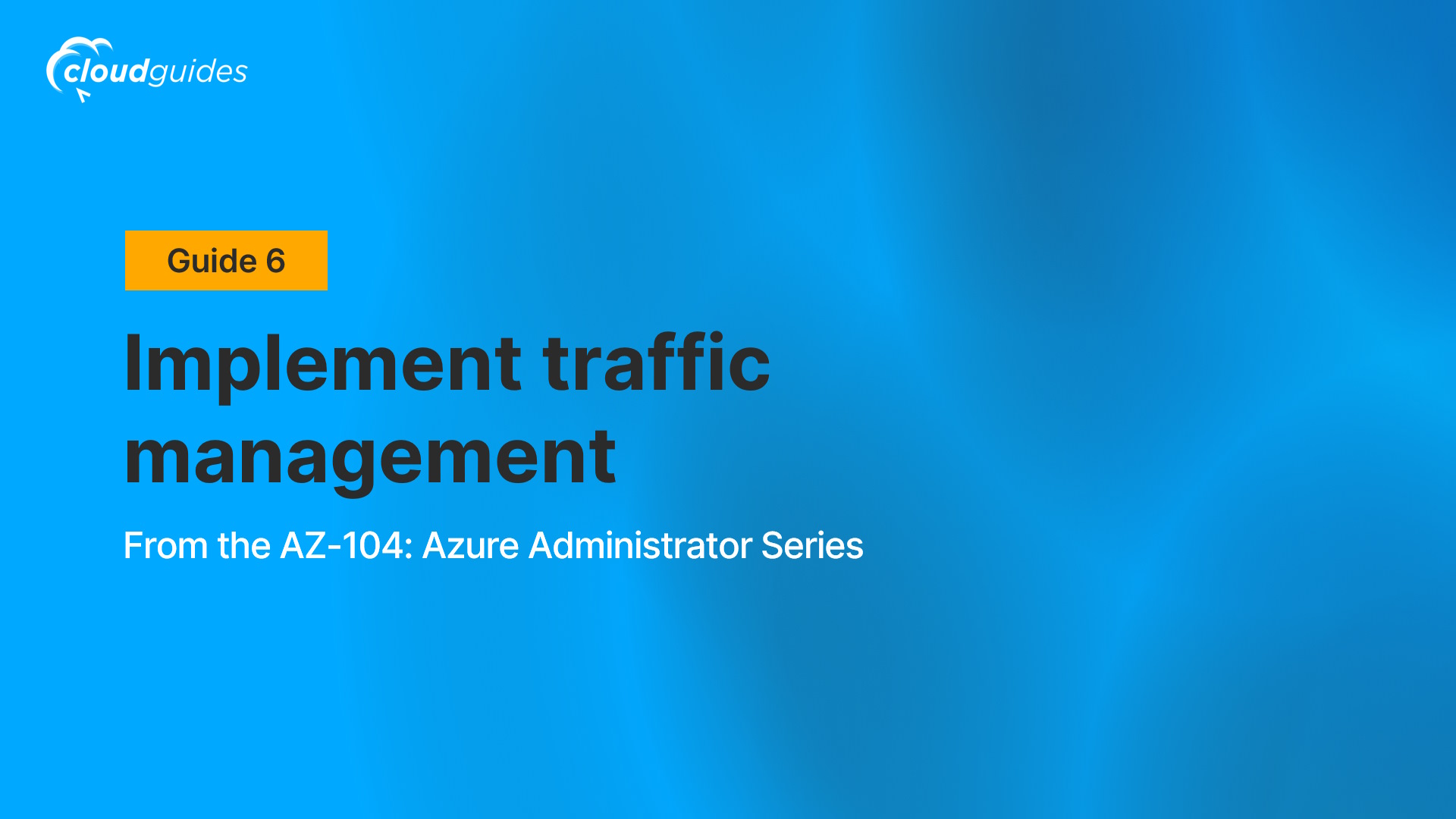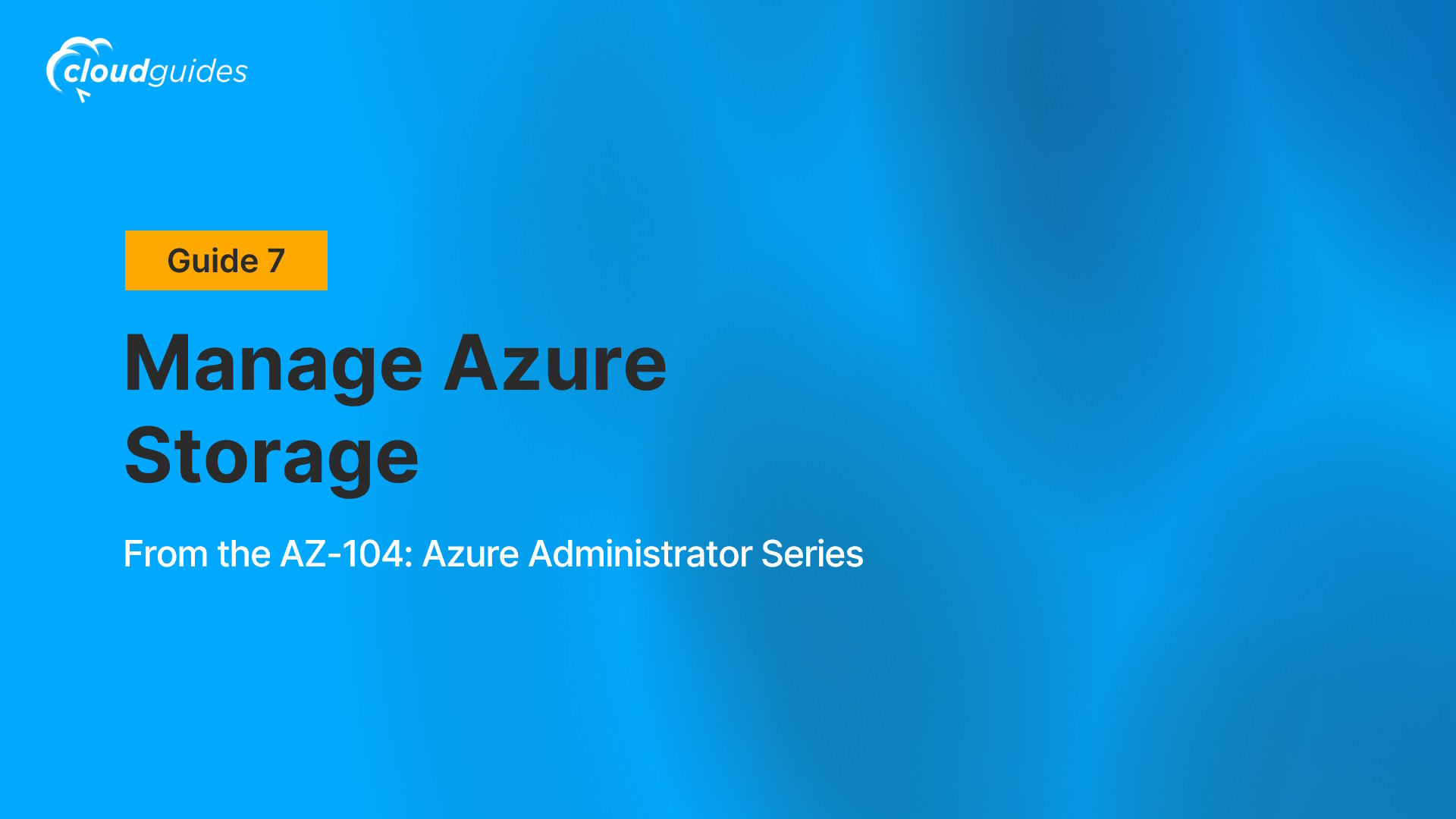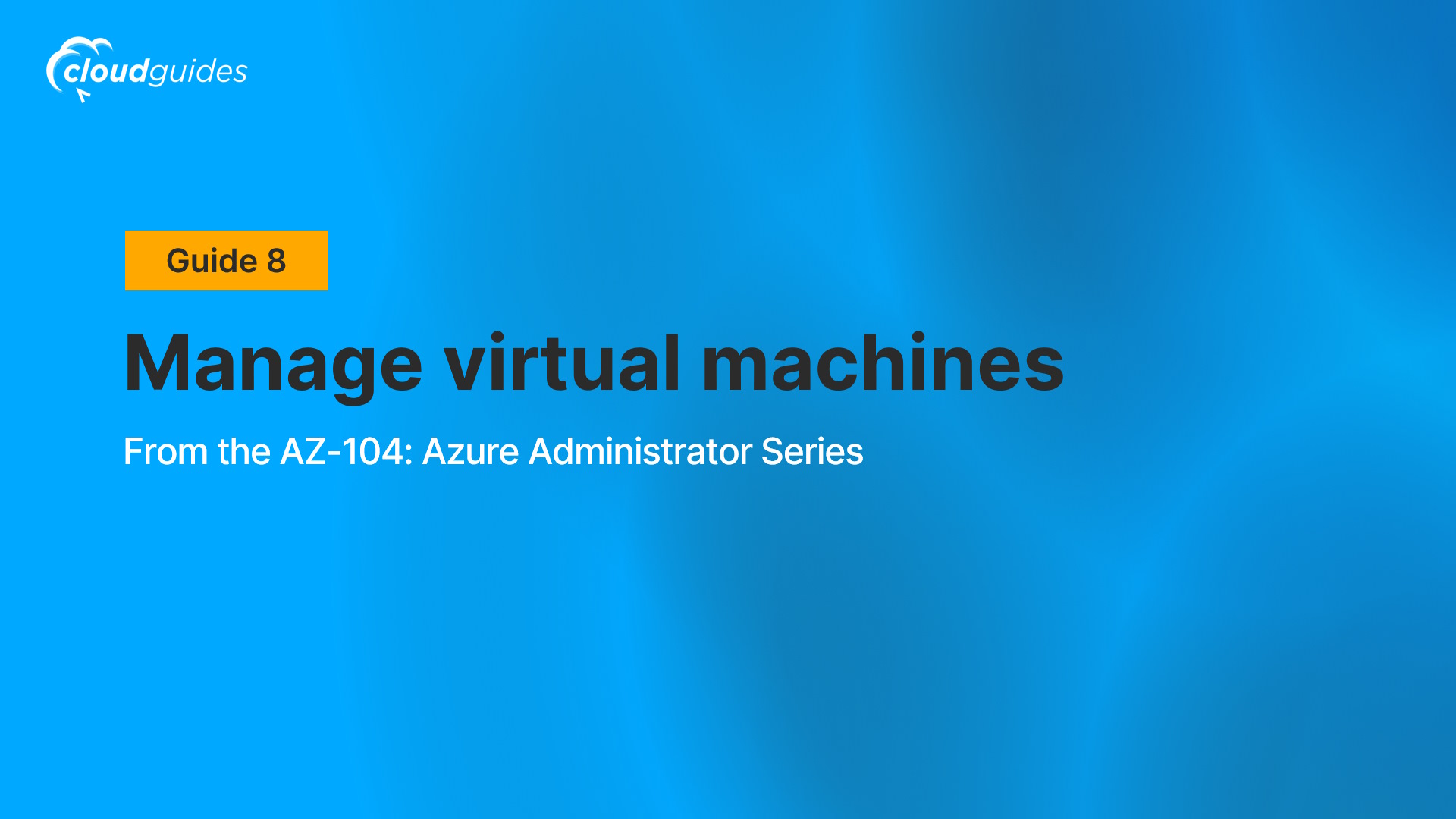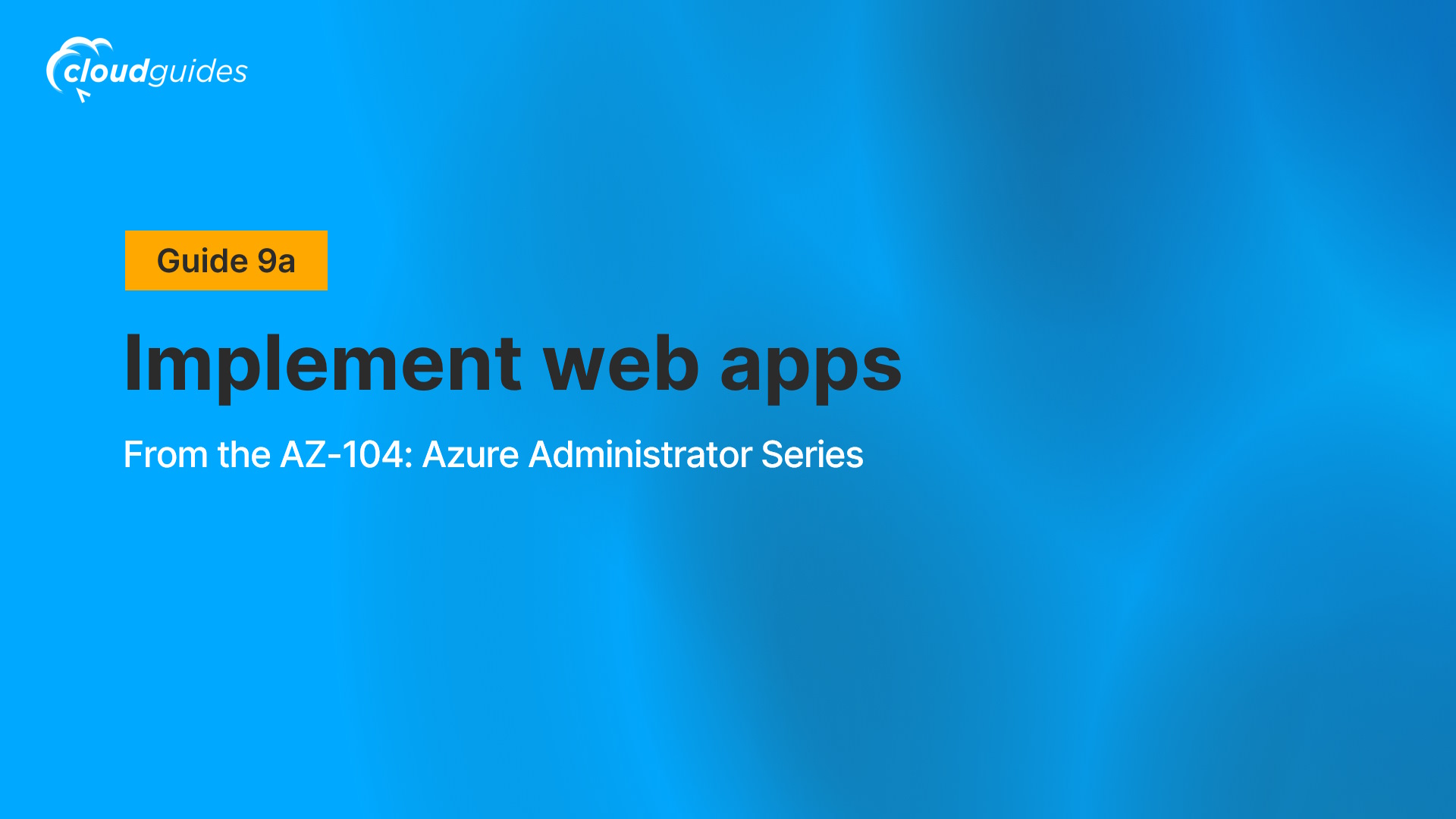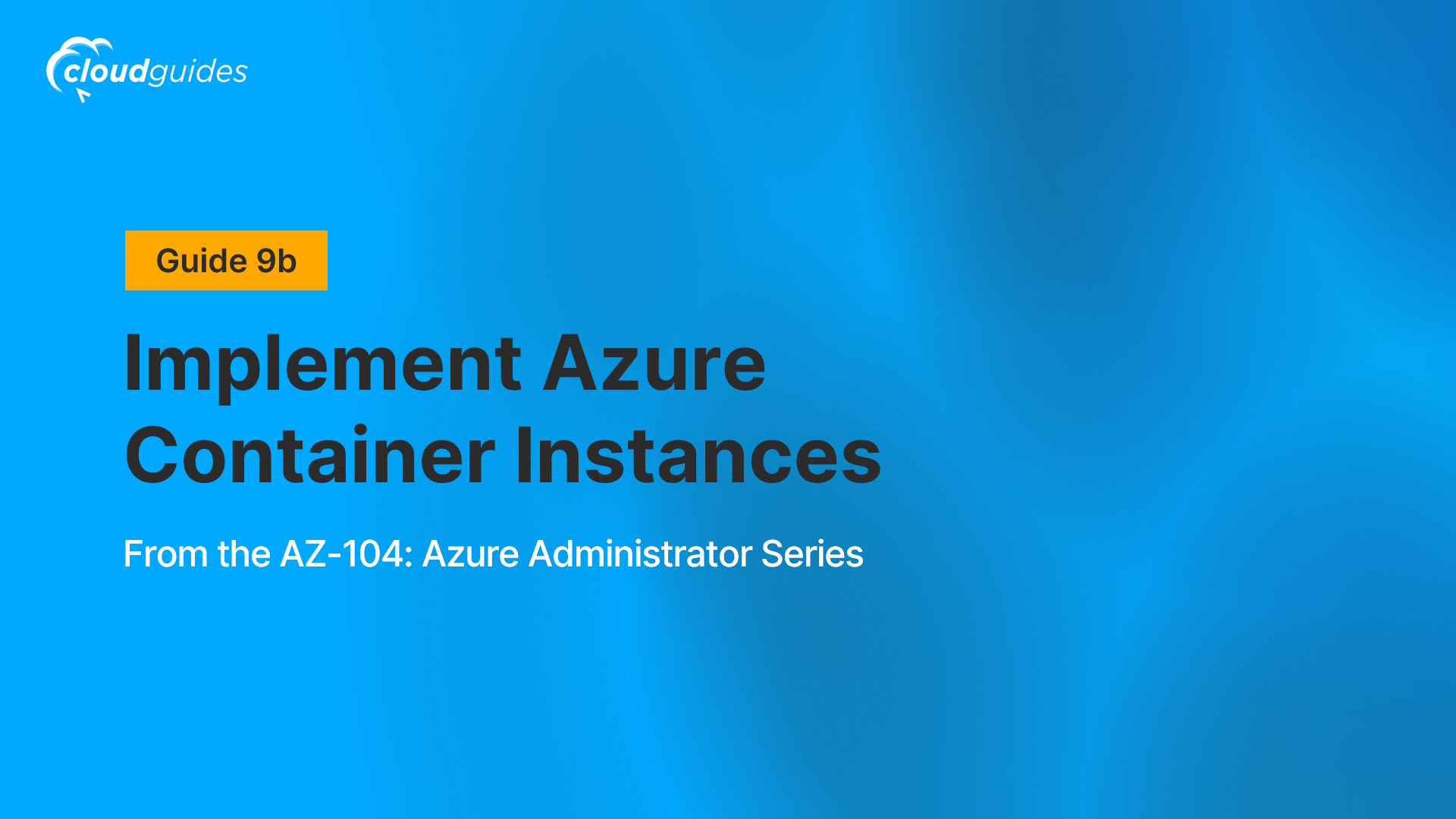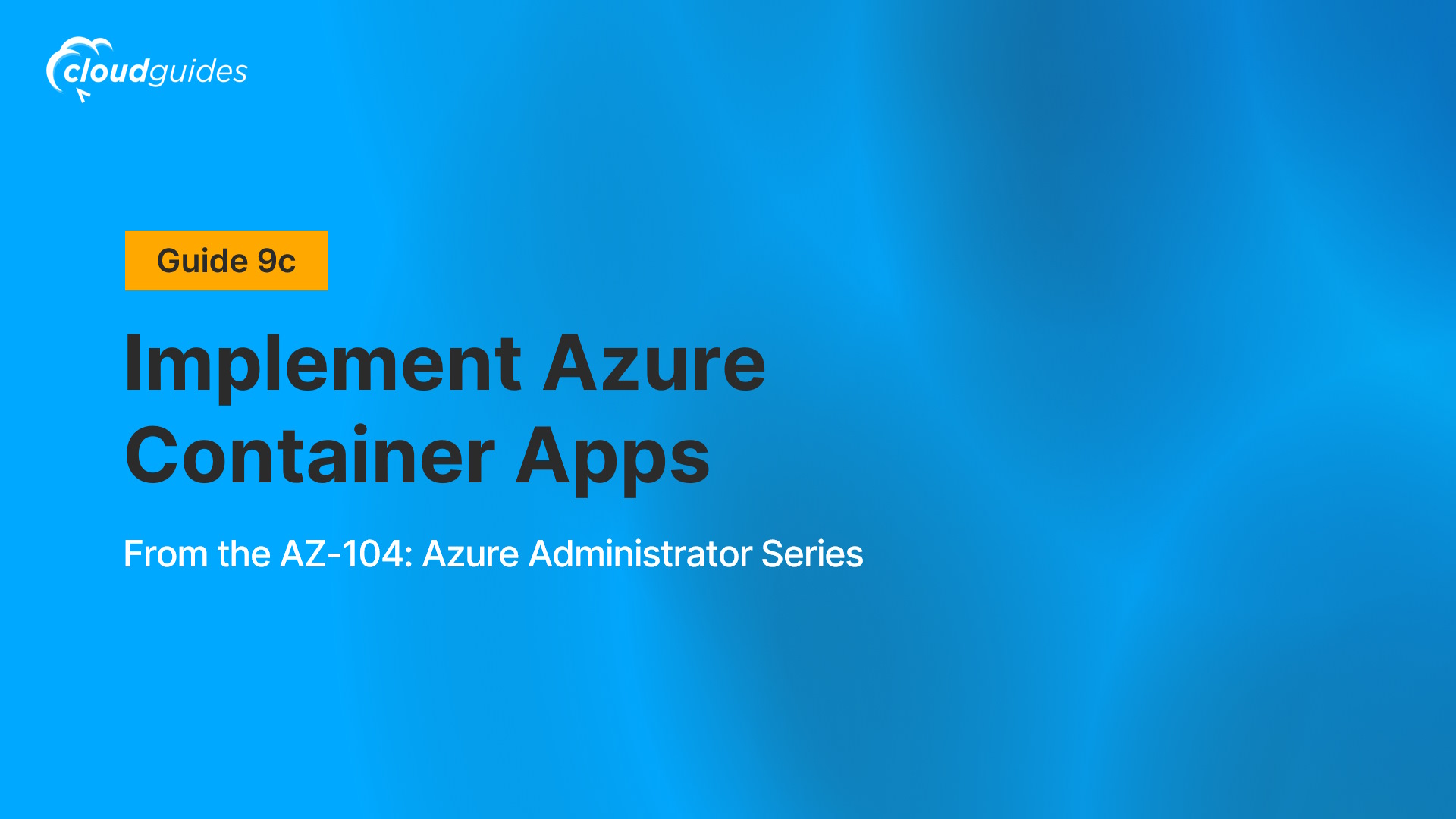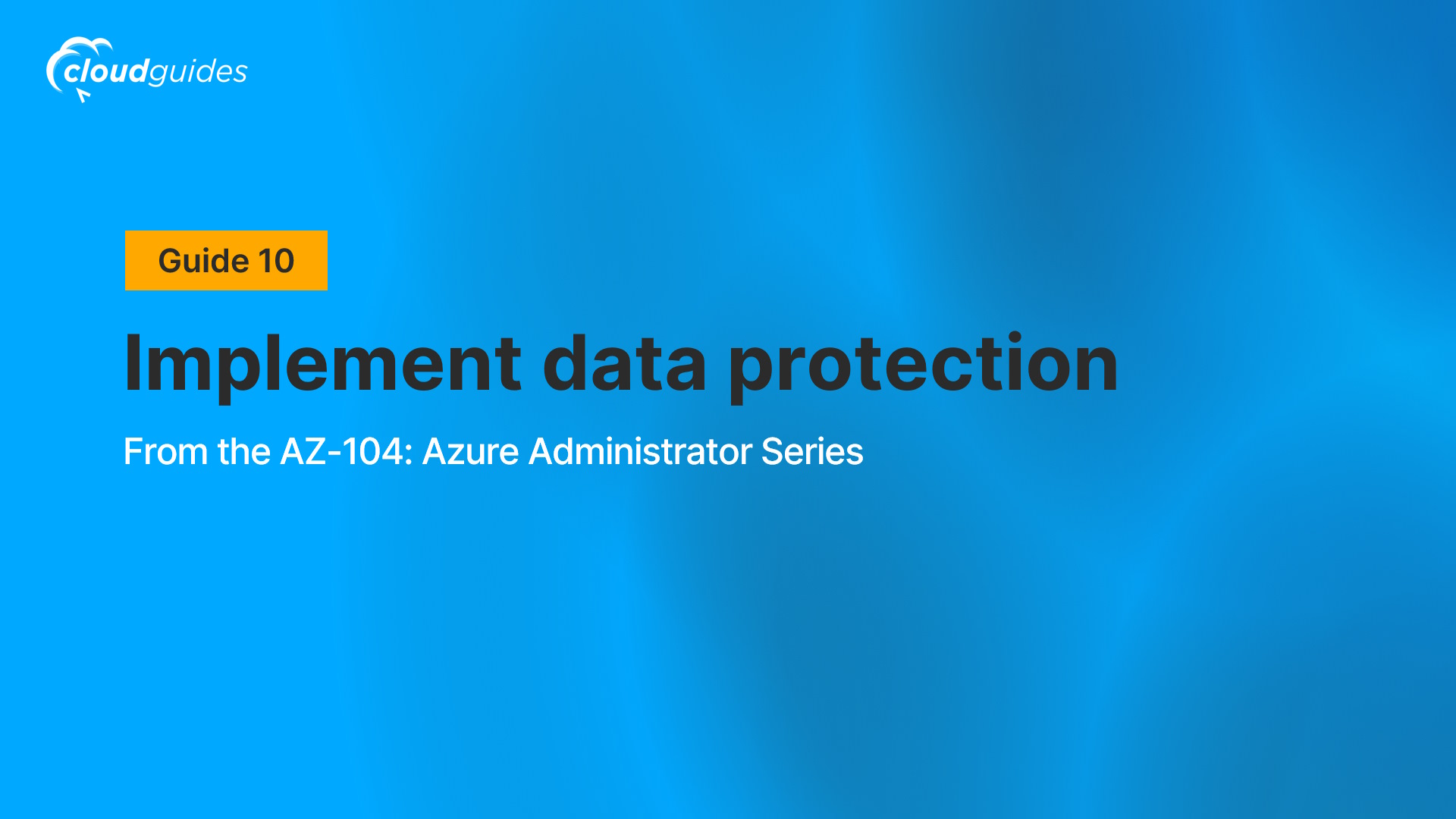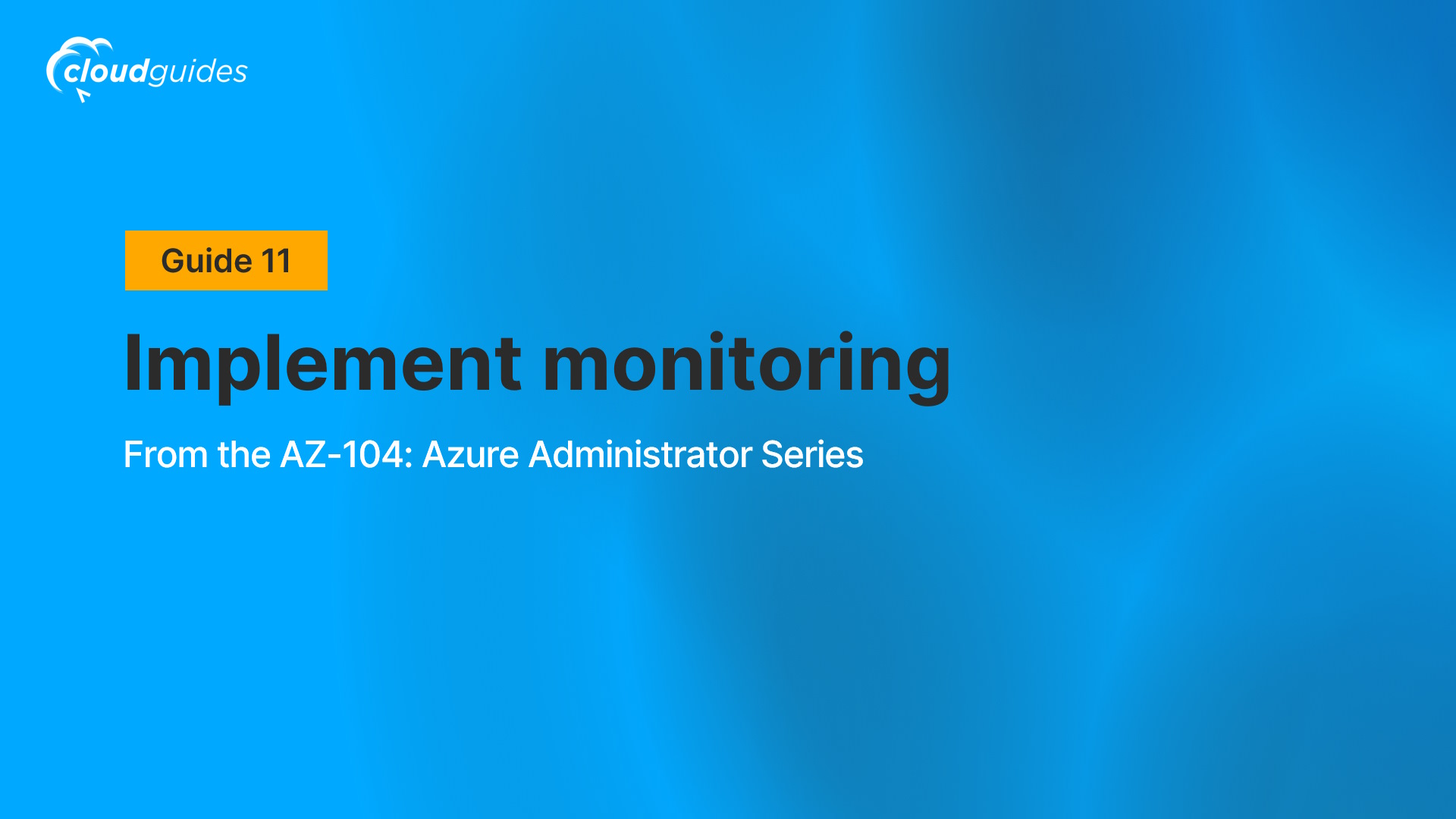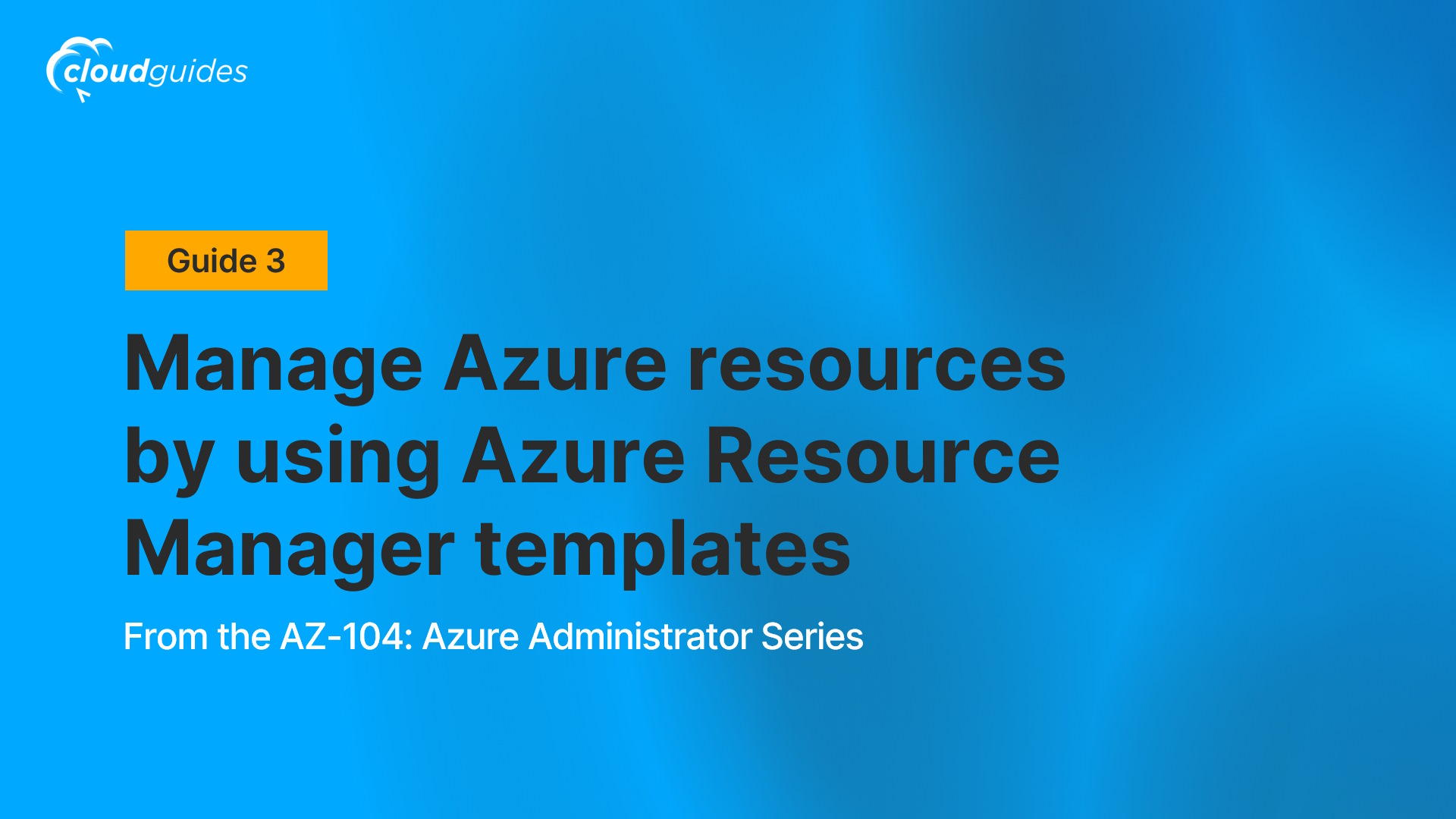
Manage Azure resources by using Azure Resource Manager templates
About this guide
Scenario
Your team wants to look at ways to automate and simplify resource deployments. Your organization is looking for ways to reduce administrative overhead, reduce human error and increase consistency.
Job Skills
Task 1: Create an Azure Resource Manager template
Task 2: Edit an Azure Resource Manager template and redeploy the template
Task 3: Configure Azure Cloud Shell and deploy a template with PowerShell
Task 4: Deploy a template with the Azure CLI
Task 5: Deploy a resource by using Azure Bicep
As organizations around the world migrate solutions to the cloud, the ability to implement, manage, and monitor cloud-based solutions is highly valued in numerous industries.
Architecture Diagram
Key Takeaways:
- Azure Resource Manager templates let you deploy, manage, and monitor all the resources for your solution as a group, rather than handling these resources individually.
- An Azure Resource Manager template is a JavaScript Object Notation (JSON) file that lets you manage your infrastructure declaratively rather than with scripts.
- Rather than passing parameters as inline values in your template, you can use a separate JSON file that contains the parameter values.
- Azure Resource Manager templates can be deployed in a variety of ways including the Azure portal, Azure PowerShell, and CLI.
- Bicep is an alternative to Azure Resource Manager templates. Bicep uses a declarative syntax to deploy Azure resources.
- Bicep provides concise syntax, reliable type safety, and support for code reuse. Bicep offers a first-class authoring experience for your infrastructure-as-code solutions in Azure.
Career Connections
With the increasing demand for expertise in cloud-based administration, professionals with the skills from this series can pursue job prospects in roles such as Azure Administrator, Cloud Engineer, Systems Administrator (Cloud Focus), DevOps Engineer, and Cloud Support Engineer.
As of 2025, average cloud-related salaries in the United States range from $68,215 for entry-level Azure Administrators to $130,000 for mid-career DevOps Engineers, with Cloud Engineers, Systems Administrators, and Cloud Support Engineers earning competitive pay based on experience and role demands. Please note that these figures are approximate, derived from online sources, and can vary based on factors such as location, industry, and company size.
